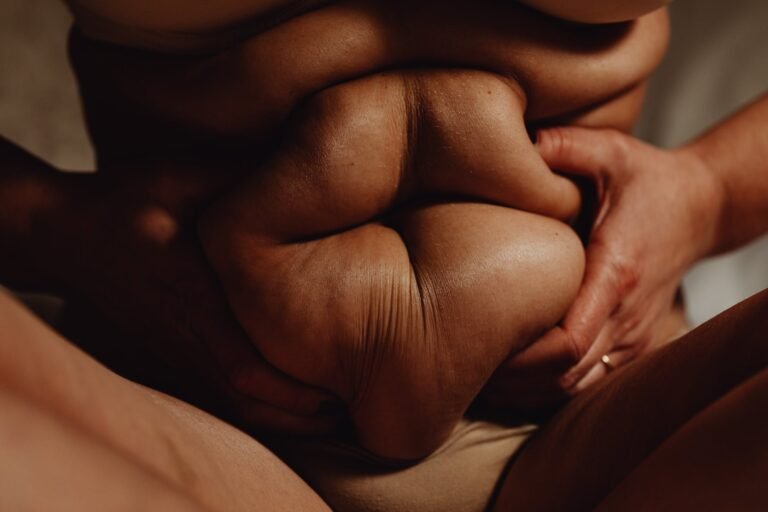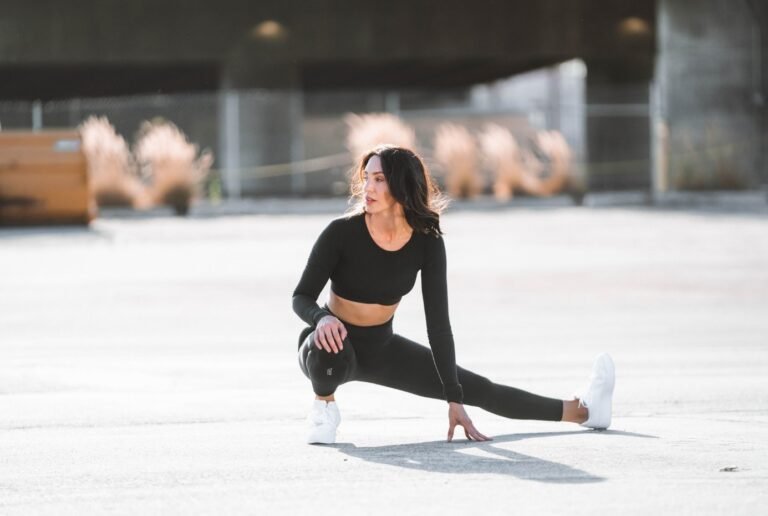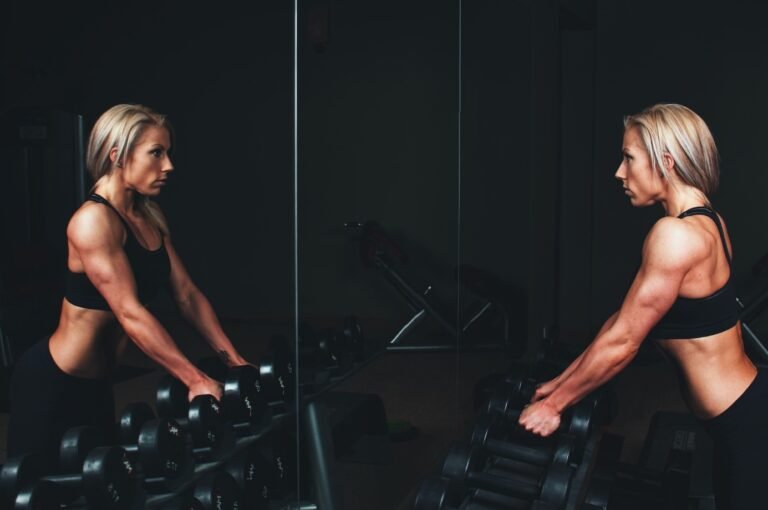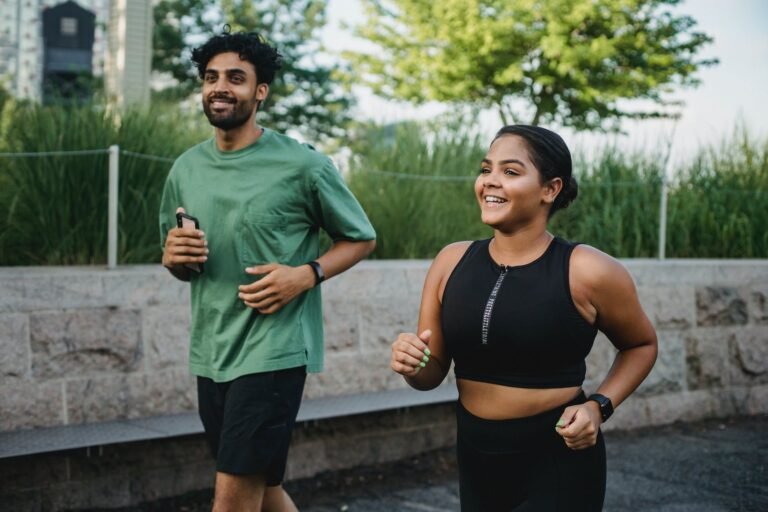Stretching exercises: the best stretching exercises for increased mobility
For many people, stretching is probably on their “should do, but don’t do” list.
Eventually, it’s easy to give up stretching along with all the other responsibilities that require your time and attention. The thing is, stretching has some *serious* health and fitness benefits. Making it a regular part of your wellness routine can reduce your risk of injury, support you as you age, and help you relax (more on that soon!).
The ideal would be to stretch every day. This makes sense when you consider that elements of daily living, like sitting at a desk every day or standing and walking for hours as required by certain jobs, can cause muscle twitching.
Are you convinced to add more stretching exercises to your routine? You are in the right place.
This head-to-toe stretching guide has everything you need to know about the benefits of stretching exercises, the most effective stretching exercises for head-to-toe relaxation, helpful tools, and important tips (including common mistakes to avoid! ) – all from trusted physical therapists and fitness trainers.
-
Benefits of Stretching
- Avoiding injuries▸ Stretching helps to improve flexibility and thus freedom of movement. “Being able to move your joints through their full range of motion protects you from injury,” says Yu. Poor mobility has been identified as one of the factors that significantly increase the risk of shoulder injury. In a report published by Sports Health from the Year 2020: a multidisciplinary approach.
- Aging Gracefully▸ Because stretches can help maintain mobility, it’s an important part of healthy aging and promotes longevity, says Tavel.On the other hand, shortened and tense muscles carry a risk of joint pain.
- Relax more effectively▸ Stretching is definitely relaxing. In fact, static stretching was associated with parasympathetic activity (or “rest and digestion”), as noted in a previous study in the American Journal of Sports Science and Medicine. Yoga stretches in particular can increase parasympathetic nerve activity and positively impact stress hormones, a recent study in the Journal of Sports Science & Medicine found.
-
Stretching Tips: How to stretch safely
- Know your body and your limits. Some demographics should avoid certain postures (such as bouncy push-ups and deep twists later in pregnancy), says Tavel, which is why it’s so important to know what’s healthy and safe for you. If in doubt, talk for your doctor.
- Strike any pose effortlessly. For each static stretch, go a little deeper than you did before the rep, Yu advises.For example, if you repeat the stretch three times, he recommends getting a six out of 10 on the first try. On the second, aim for a seven; on the third, aim for the eight.
- Watch your breathing. During static stretches, slower breaths help calm the nervous system. Breathe in for a count of two to four and breathe out, Yu recommends.Try to go a little deeper into the stretch with each exhale. For dynamic stretches, pick up the pace a little and focus on controlled breathing (they’re supposed to get your heart rate up!).
- Match extends to your training. For example, if you’re doing an upper-body workout, focus on stretching your upper body, Lamp advises.
-
Upper body stretch: neck, shoulders, upper back, chest, shoulders, chest
- Many people build up tension and stress in their upper body. “Our world and most of the activities we do during the day are ahead of us,” says Tavel. Note that upper body tightness often comes from these stretched positions that you hold for long periods of time, e.g. B. when you watch your favorite show. The muscles that make up this region are: pectorals, biceps, triceps, latissimus dorsi, and trapezius.
- Stretching and strengthening go hand in hand.For someone with poor posture and upper back pain, Tavel recommends opening and lengthening the front of the body while strengthening the upper back with a full range of motion to combat the issues.


Mid Body Stretch: Abdominals, mid-back, hip flexors, groin
- A forward-bending position can cause muscle tension in this area, Yu says, adding that the hip flexors, particularly the iliopsoas, are a major source of tension.
- Why the core is important: Tight muscles in the anterior pelvis (combined with other factors like core weakness) can push the pelvis forward and cause it to tip forward, Yu says at risk of back pain.
- lower body stretch: lower back, glutes, quadriceps, hamstrings, calves, feet
- Sitting for long periods of time is a leading cause of tight muscles in the lower body, Lamp says. Your quads feel the weight of this seated position, and “anterior pelvic tilt” applies here, too, she adds. If your quadriceps are tight, contract your pelvis. This curvature can also contribute to back pain.
Stretching and strengthening cross hand in hand. For someone with poor posture and upper back pain, Tavel recommends opening and lengthening the front of the body while strengthening the upper back with a full range of motion to combat the issues.


Mid Body Stretch: Abdominals, mid-back, hip flexors, groin
A forward-bending position can cause muscle tension in this area, Yu says, adding that the hip flexors, particularly the iliopsoas, are a major source of tension.
Why the core is important: Tight muscles in the anterior pelvis (combined with other factors like core weakness) can push the pelvis forward and cause it to tip forward, Yu says at risk of back pain.
lower body stretch: lower back, glutes, quadriceps, hamstrings, calves, feet
Sitting for lengthy intervals of time is a main reason of tight muscle tissue withinside the decrease body, Lamp says. Your quads feel the weight of this seated position, and “anterior pelvic tilt” applies here, too, she adds. If your quadriceps are tight, contract your pelvis. This curvature can also contribute to back pain.







